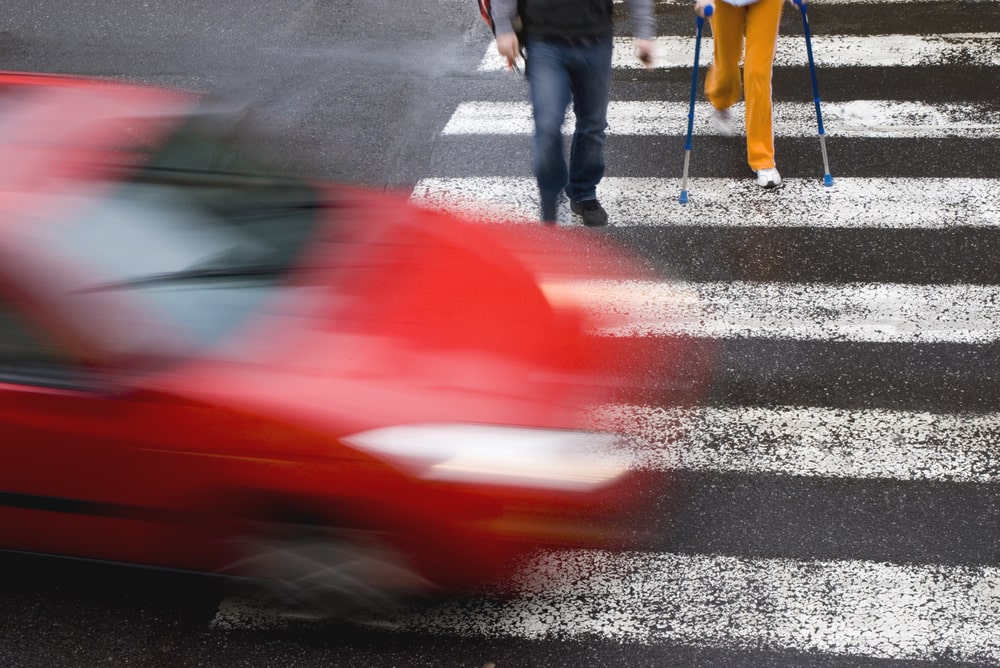
Determining Fault In Pedestrian Accidents – A Crucial Step For Legal Resolution
In the intricate and often complex realm of pedestrian accidents, understanding who is at fault is pivotal. This key factor not only influences the outcome of legal proceedings but also guides the decisions and actions of those involved. With this understanding, let’s delve into how fault is determined in pedestrian accidents, highlighting valuable insights from our friends at the Law Firm of Edward Blinder, PLLC, who are well-versed in navigating these scenarios.
Understanding The Basics Of Fault In Pedestrian Accidents
At its core, determining fault in a pedestrian accident revolves around the concept of negligence. Negligence, in legal terms, refers to the failure to exercise reasonable care under the circumstances. When considering pedestrian related accidents, this can take on several forms. For a driver, negligence might be not yielding to pedestrians at crosswalks or engaging in distracted driving. For a pedestrian, it could involve jaywalking or ignoring traffic signals.
The Role Of Evidence In Establishing Fault
Evidence plays a critical role in ascertaining who was negligent. Key pieces of evidence can include eyewitness statements, traffic surveillance footage, police reports, and the physical aftermath of the accident, like skid marks or vehicle damage. Evidence is often relied upon by legal professionals in order to build a strong case for their clients. They meticulously analyze every detail to piece together an accurate picture of the events leading up to the accident.
Interpreting Traffic Laws And Pedestrian Rights
A thorough understanding of local traffic laws is essential in determining fault. These laws often dictate right of way, pedestrian crossing rules, and speed limits, all of which are crucial factors in accident scenarios. Additionally, awareness of pedestrian rights and responsibilities can also shed light on potential negligence. Legal professionals adept in pedestrian accident cases use these laws as a framework to assess fault and advocate for their clients.
Comparative Negligence And Its Implications
In many jurisdictions, the concept of comparative negligence is applied in pedestrian accidents. This means that if both the driver and the pedestrian share some level of fault, the compensation may be adjusted accordingly. For example, if a pedestrian is found to be 20% at fault for crossing against a traffic signal, their compensation might be reduced by that percentage. Understanding this concept is vital for anyone involved in a pedestrian accident.
Seeking Legal Assistance From A Professional
When involved in a pedestrian accident, it’s important to consult a legal professional. These legal professionals can provide invaluable guidance and support throughout the legal process. They are adept at navigating the nuances of pedestrian accident cases, ensuring that their clients’ rights are protected and their voices heard.’
Key Takeaways
Determining fault in pedestrian accidents is a multifaceted process that requires a detailed examination of evidence, a comprehensive understanding of traffic laws, and an awareness of legal principles like comparative negligence. In such situations, the support and guidance of a seasoned pedestrian accident lawyer can be indispensable. Determining fault is a key step towards seeking justice and resolution in scenarios such as these, each accident is unique and a lawyer will assist in determining the party at fault.
